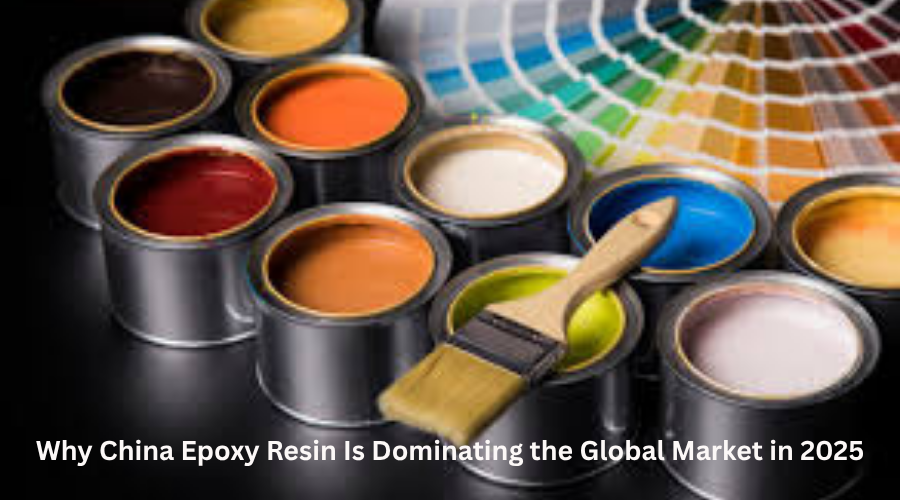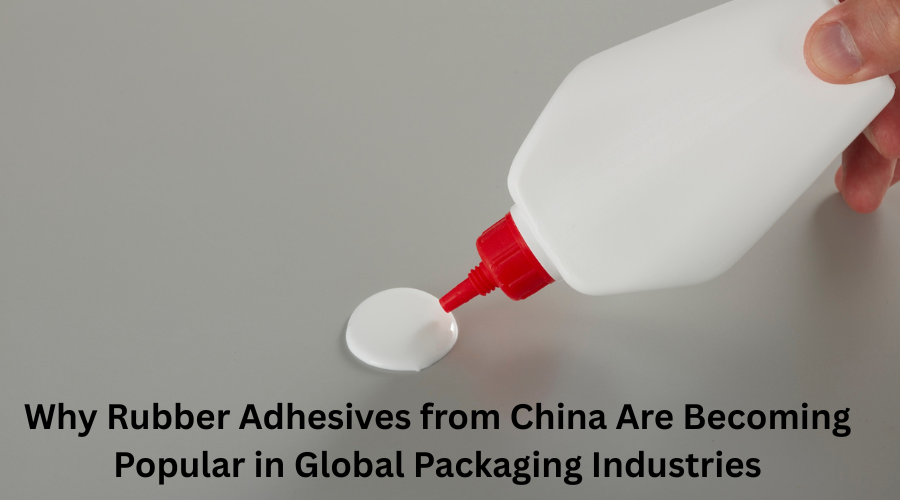Understanding the Viscoelastic Behavior of Polyurethane Foam Resin
- qinglongdatech
- Oct 2
- 4 min read

Polyurethane foam resin is a widely used material in industries ranging from cars to construction works, thanks to its unique combination of flexibility, strength, and adaptability. One of the most fascinating aspects of this material is its viscoelastic behavior, which allows it to perform in ways that ordinary materials cannot. Whether you are a researcher, a product designer, or simply curious about materials science, understanding this property can help you appreciate why polyurethane foam resin is so valuable. If you are sourcing high-quality materials, connecting with a trusted Foam Resin manufacturer can make all the difference in ensuring consistent performance and reliability.
What is Viscoelasticity?
To grasp the concept of viscoelastic behavior, we first need to break down the term itself.
Viscous behavior: This refers to how a material resists flow. Honey, for example, is highly viscous—it moves slowly and resists deformation.
Elastic behavior: This is the characteristic of a material to return to its original shape after being deformed, like a rubber band.
Now, imagine a material that exhibits both viscous and elastic properties at the same time. That’s exactly what polyurethane foam resin does. When stress is applied to it, the material can absorb energy, deform, and then recover over time. This unique combination makes it ideal for use in where comfort, impact absorption, and long-term durability are required.
Why Does Polyurethane Foam Resin Exhibit Viscoelastic Behavior?
The secret lies in the polymeric structure of polyurethane foam. The long chains of molecules in this resin can stretch and reconfigure themselves when external force is applied. At the same time, internal friction within these chains resists movement, creating the viscous response.
Here’s why this matters:
Energy absorption: The foam can absorb shocks, making it perfect for cushioning and insulation.
Slow recovery: It doesn’t bounce back immediately, which gives it that “memory” property used in mattresses and cushions.
Durability: Its ability to handle repeated stress without breaking down makes it last longer than many other foams.
Practical Applications of Viscoelastic Polyurethane Foam Resin
Polyurethane foam resin’s viscoelasticity makes it indispensable in various industries. Let’s look at a few real-world uses:
1. Mattresses and Bedding
The most famous application is in memory foam mattresses. The slow recovery rate allows the material to contour to the body, providing support and minimizing areas of strain.
2. Automotive Industry
Car seats, dashboards, and soundproofing panels rely on the viscoelastic nature of polyurethane foam to absorb shocks, dampen noise, and improve passenger comfort.
3. Construction and Insulation
Polyurethane foam is used in building insulation because its ability to resist deformation ensures long-lasting thermal protection. Its viscoelastic nature also helps with noise reduction in walls and flooring.

4. Medical and Healthcare Products
From wheelchair cushions to prosthetic padding, the foam provides pressure relief and enhanced comfort. Its energy-dissipating properties reduce the risk of bedsores in patients who remain immobile for extended periods.
5. Sports and Safety Gear
Helmets, knee pads, and protective equipment often integrate polyurethane foam resin because of its ability to absorb impacts while remaining lightweight.
Factors That Influence Viscoelastic Behavior
Not all polyurethane foams are created equal. Their performance can be tailored depending on how they’re manufactured. Here are some factors that affect their viscoelasticity:
Density of the foam: Higher density foams typically recover more slowly and provide stronger support.
Temperature: Many foams become softer at higher temperatures and firmer at lower temperatures. That’s why a memory foam mattress may feel harder in a cold room.
Chemical composition: Different additives and manufacturing processes can alter the balance between elasticity and viscosity, giving rise to custom foam types for specific uses.
Benefits of Using Viscoelastic Polyurethane Foam Resin
The widespread adoption of polyurethane foam resin is no accident—it offers clear advantages:
Comfort and support: Perfect for mattresses, furniture, and seating.
Shock absorption: Reduces the impact in vehicles and sports equipment.
Noise reduction: Its structure absorbs sound waves effectively.
Durability: Maintains performance over years of use.
Versatility: Can be engineered to suit diverse industries.
These benefits are why this material continues to dominate across multiple markets.
Challenges and Considerations
Although it offers many strengths, there are some challenges and factors to keep in mind:
Temperature sensitivity – Polyurethane foams may become too firm or too soft depending on climate.
Off-gassing – Some foams release volatile organic compounds (VOCs) after manufacturing, which can affect indoor air quality.
Cost factors – Higher-density foams with advanced properties often come with a higher price tag.
Longevity under stress – While durable, prolonged exposure to UV light or harsh chemicals can reduce performance.
By being aware of these challenges, industries can design solutions that maximize the strengths of polyurethane foam resin while minimizing potential drawbacks.
How the Future Looks for Polyurethane Foam Resin
With innovations in material science, polyurethane foam resin is expected to become even more efficient, sustainable, and customizable. Researchers are already working on:
Eco-friendly formulations that reduce the carbon footprint.
Enhanced durability for longer-lasting products.
Smart foams that adapt their properties based on environmental conditions.
The growing demand across automotive, healthcare, and consumer industries ensures that polyurethane foam resin will remain a vital material well into the future.
Conclusion
Polyurethane foam resin’s viscoelastic behavior sets it apart as one of the most versatile and valuable materials in modern industries. Its ability to act both as a shock absorber and a supportive structure makes it indispensable in bedding, automotive, medical, and safety products. While challenges such as temperature sensitivity and environmental concerns remain, ongoing innovations continue to improve its performance and sustainability. Whether you’re in product design, construction, or healthcare, understanding this unique material can help you make better decisions and appreciate why it has become so essential worldwide.
FAQs
1. What makes polyurethane foam resin viscoelastic?
Its molecular structure allows it to stretch (elasticity) while resisting flow (viscosity), creating a balance of properties.
2. Why is viscoelastic behavior important in mattresses?
It enables mattresses to conform to body shape, providing pressure relief and personalized comfort.
3. Can polyurethane foam resin be eco-friendly?
Yes. Manufacturers are developing greener formulations with lower emissions and improved recyclability.
4. Does polyurethane foam resin wear out quickly?
High-quality foams are very durable, though performance may decline after years of continuous use or exposure to harsh conditions.
5. How do temperature changes affect viscoelastic foam?
It tends to soften in warmer environments and become firmer in colder ones, impacting comfort and usability.







Comments